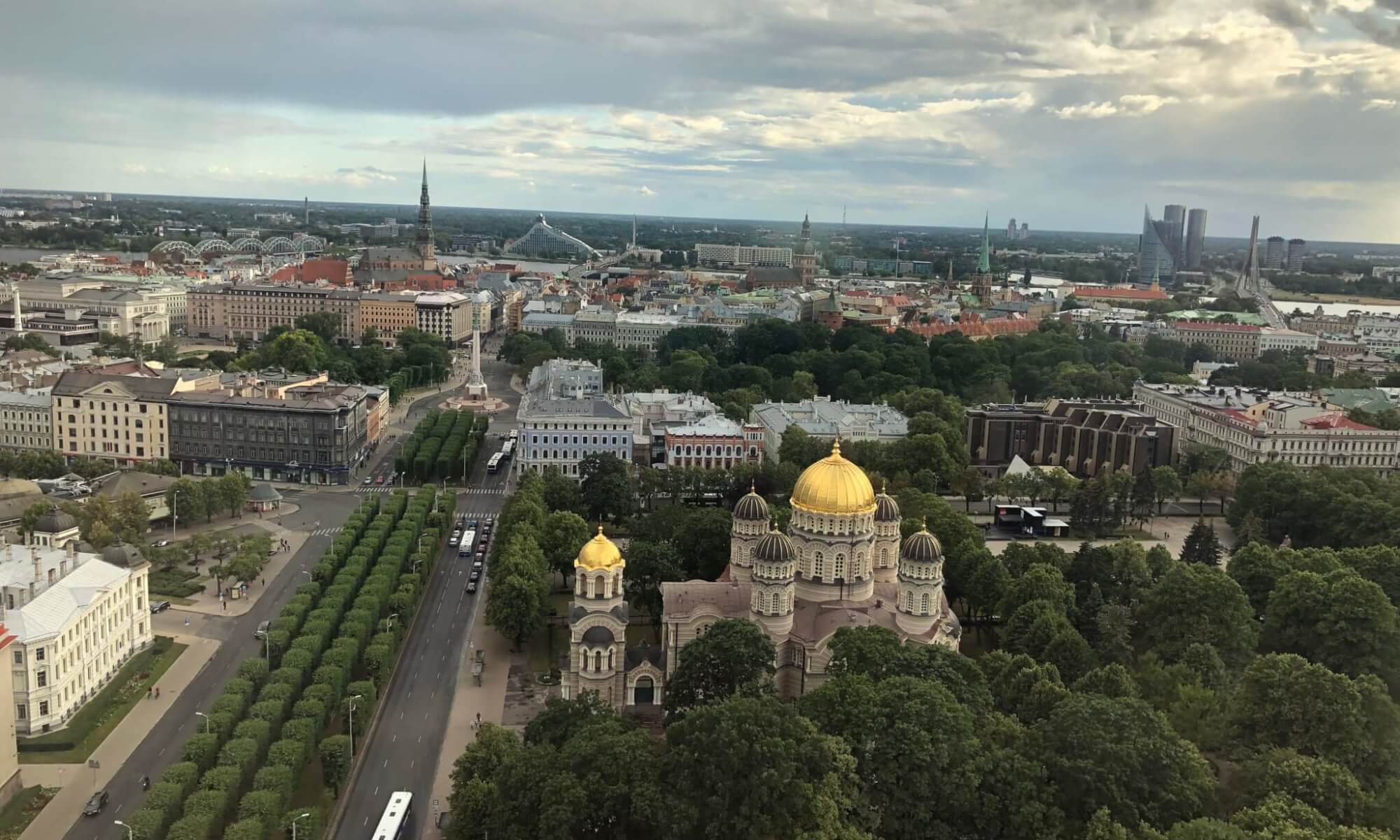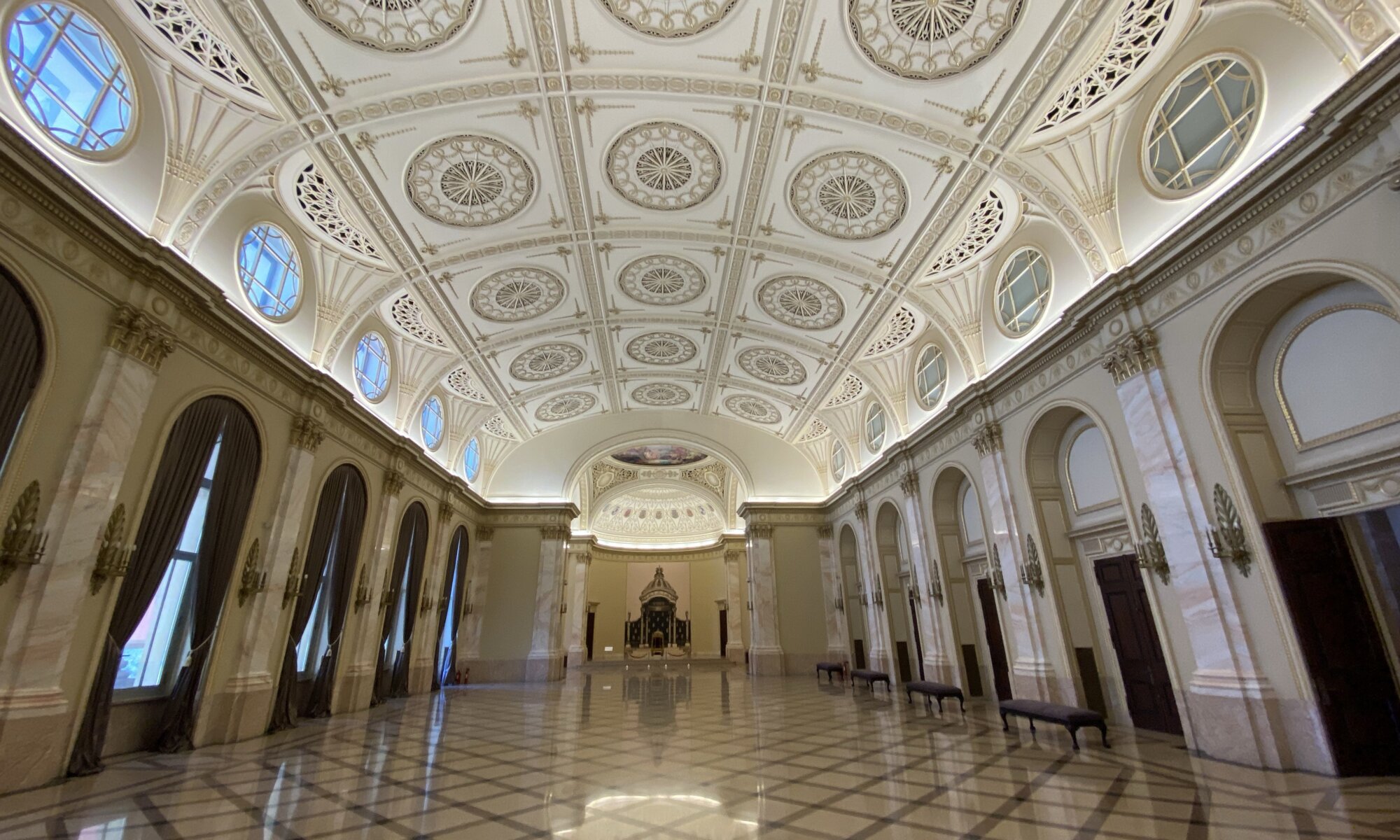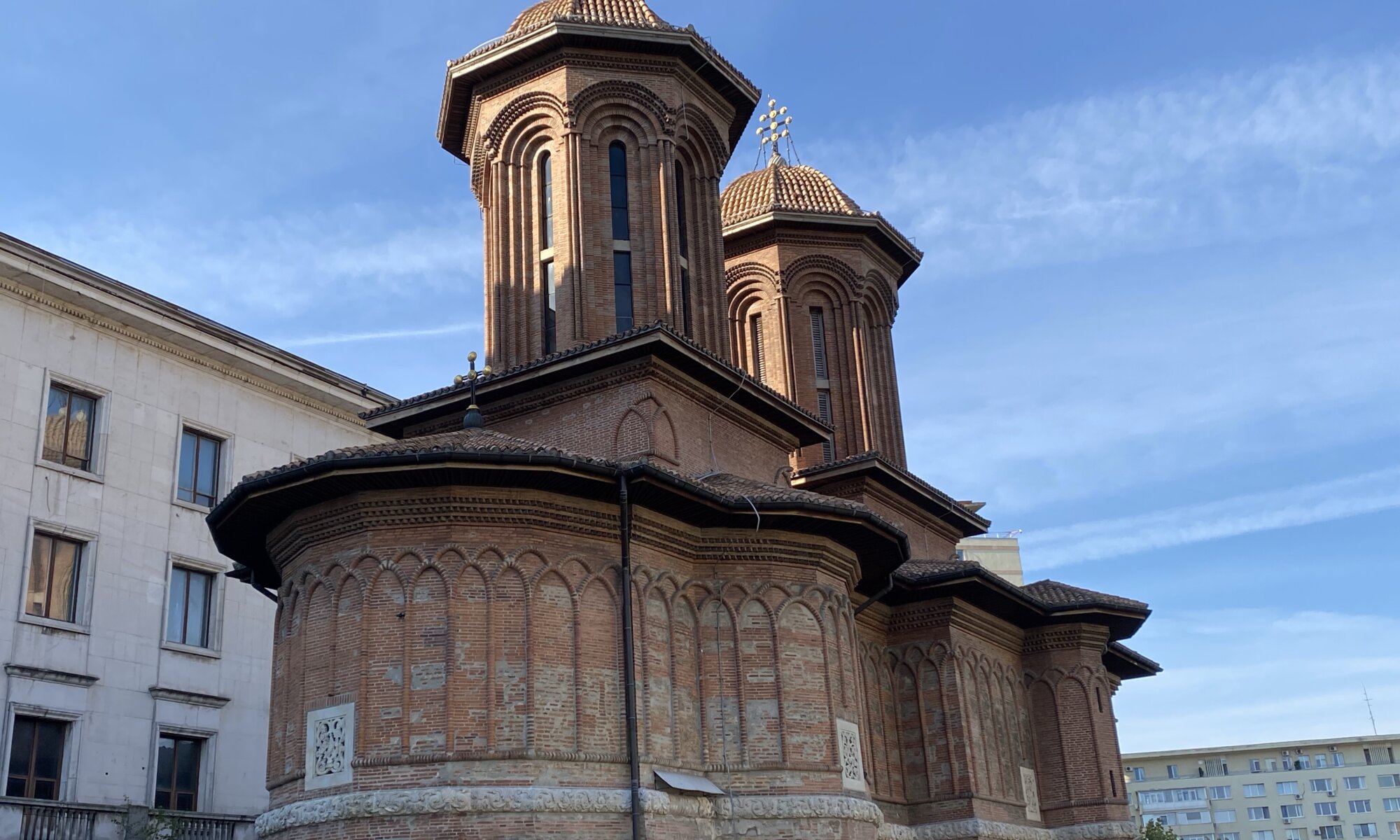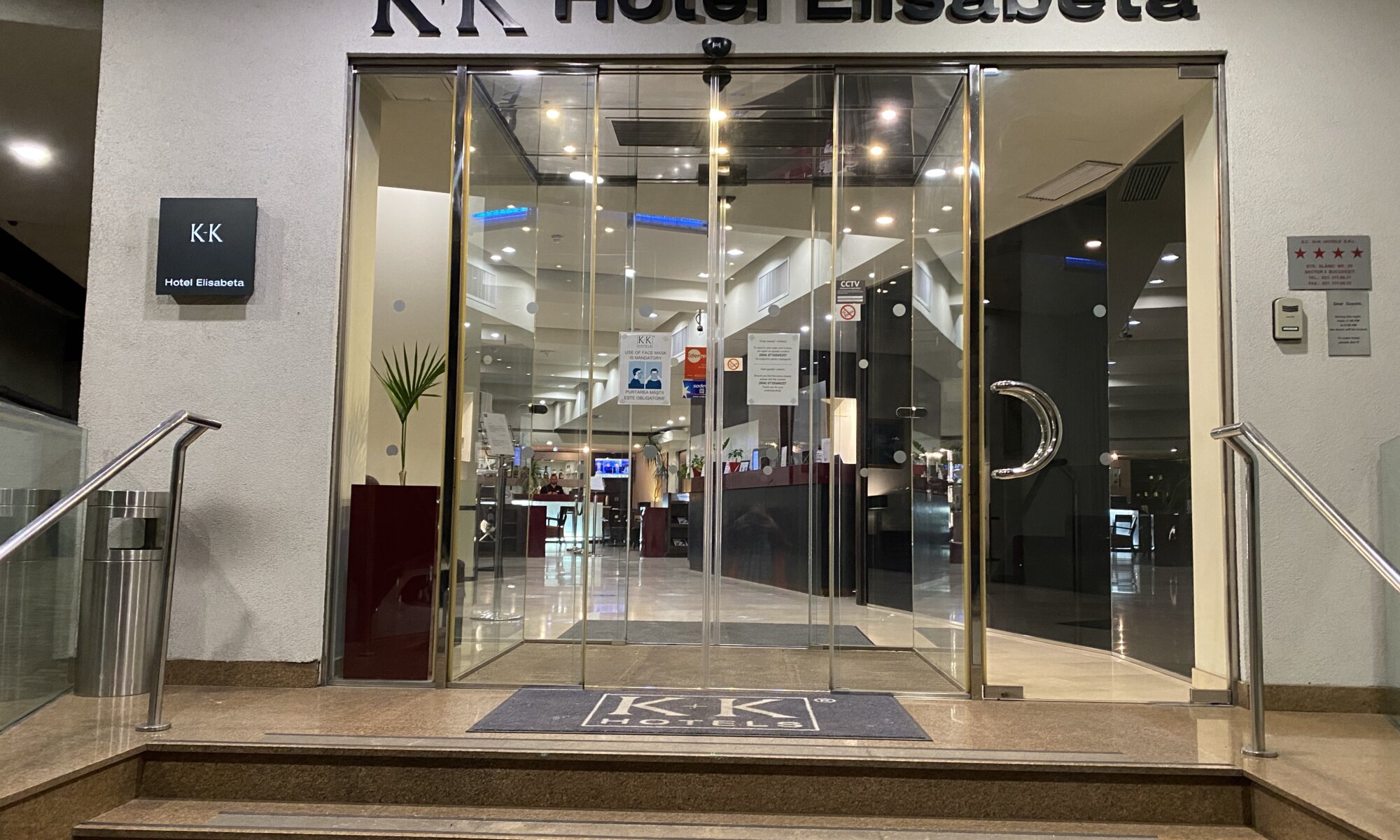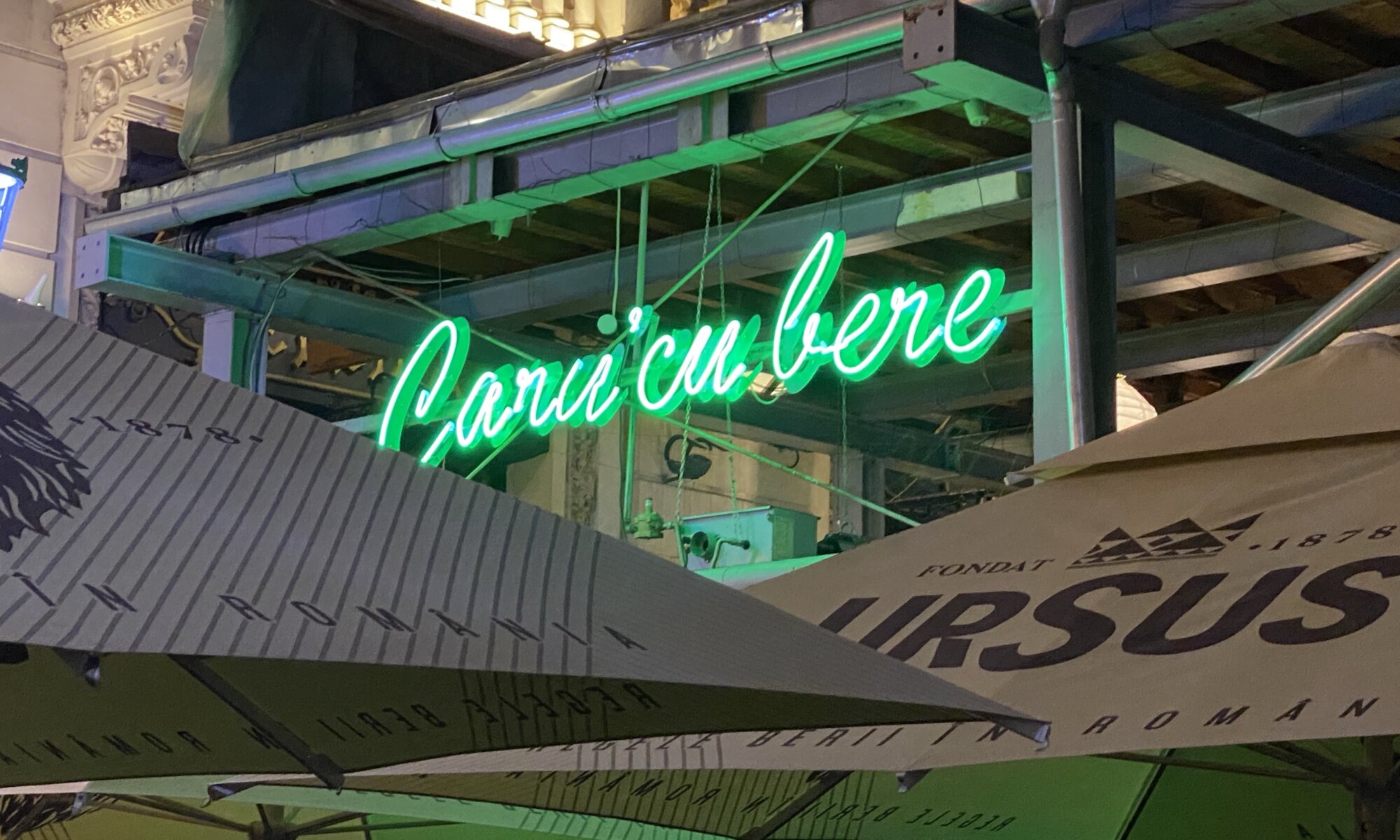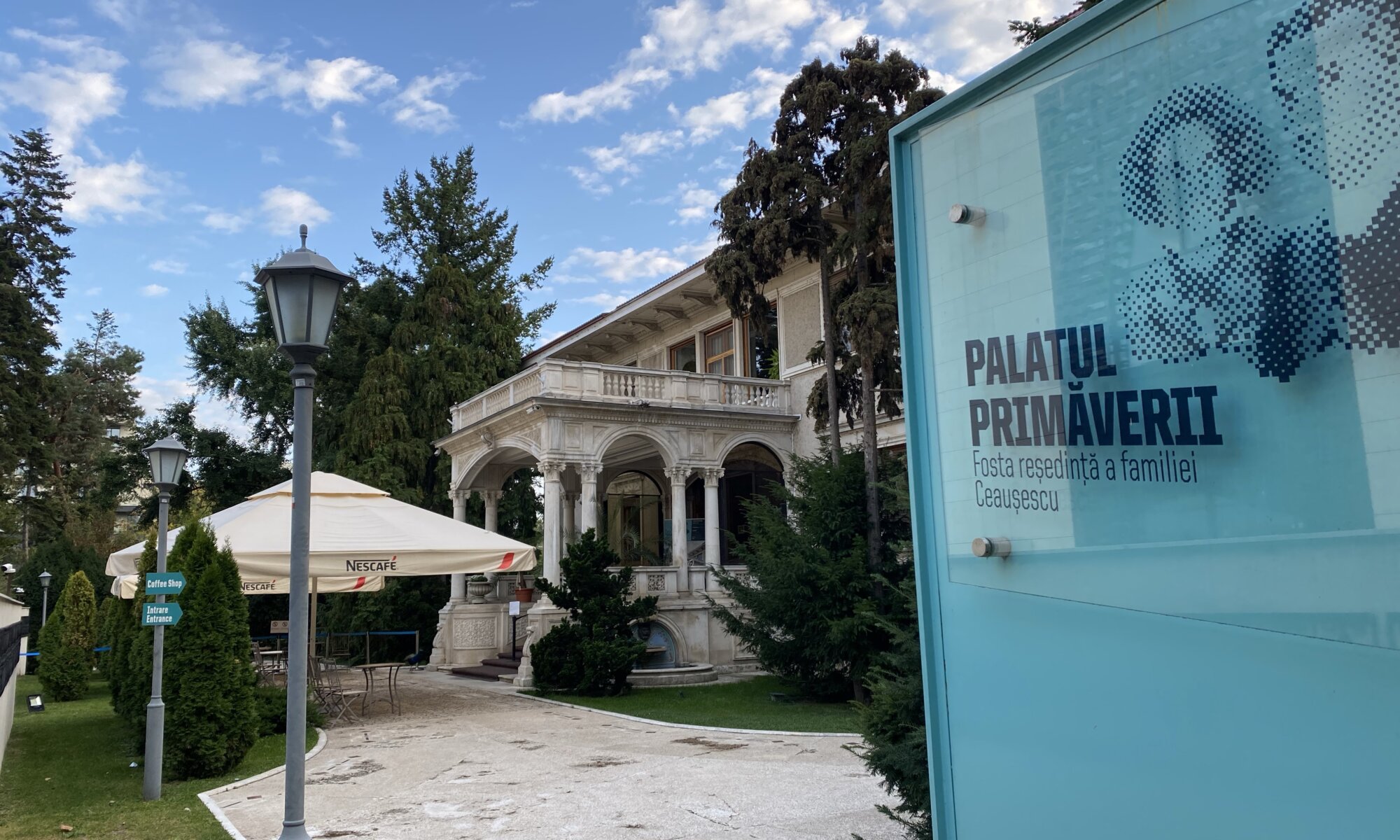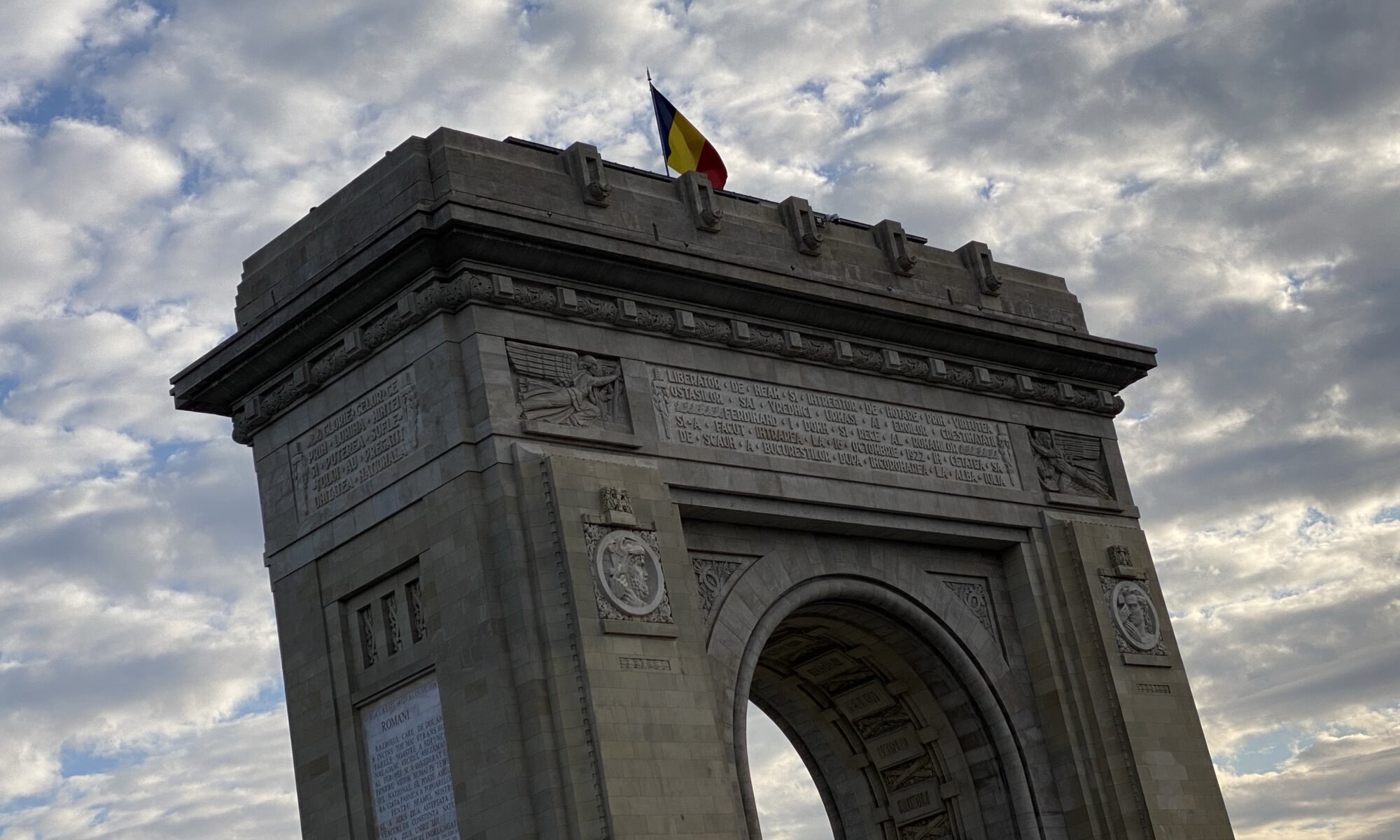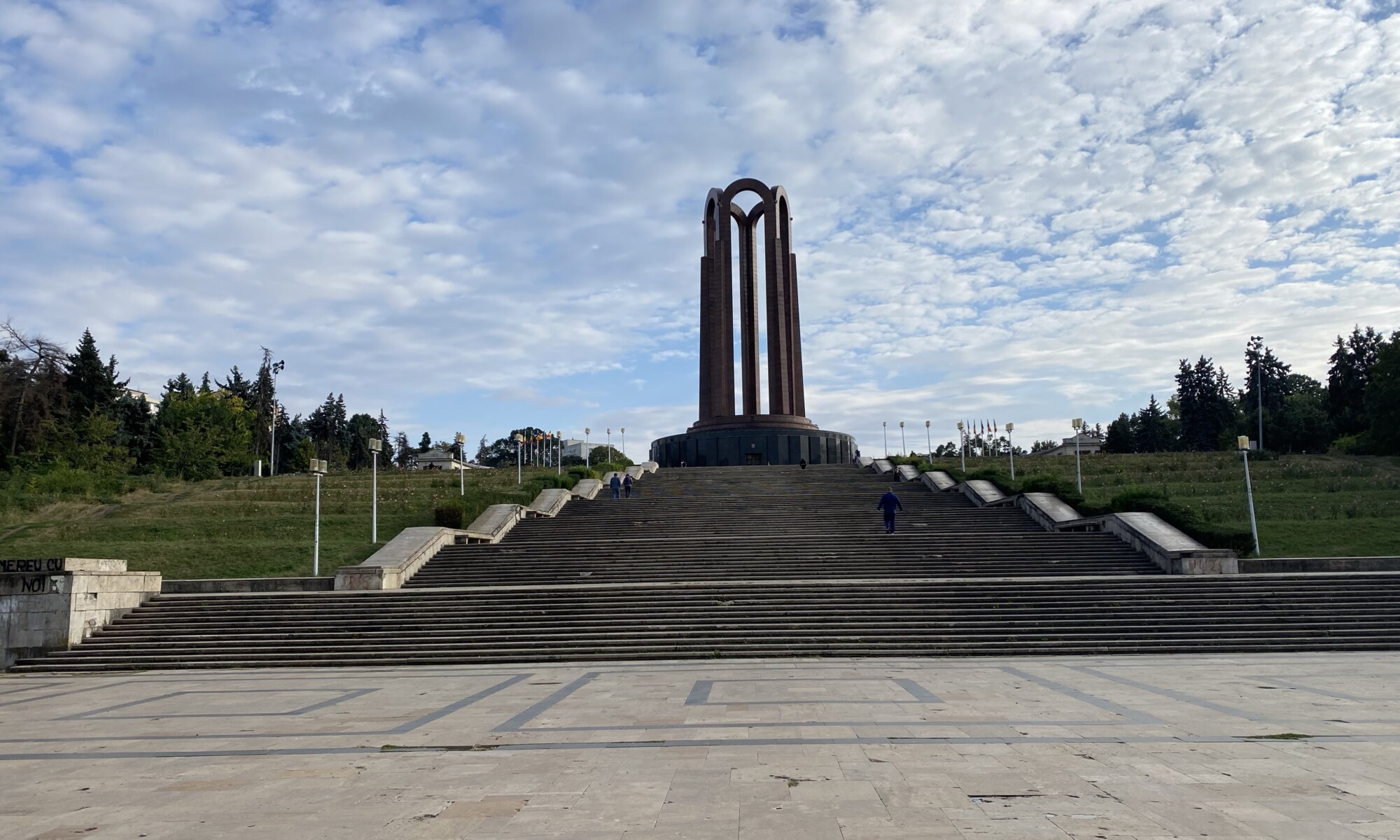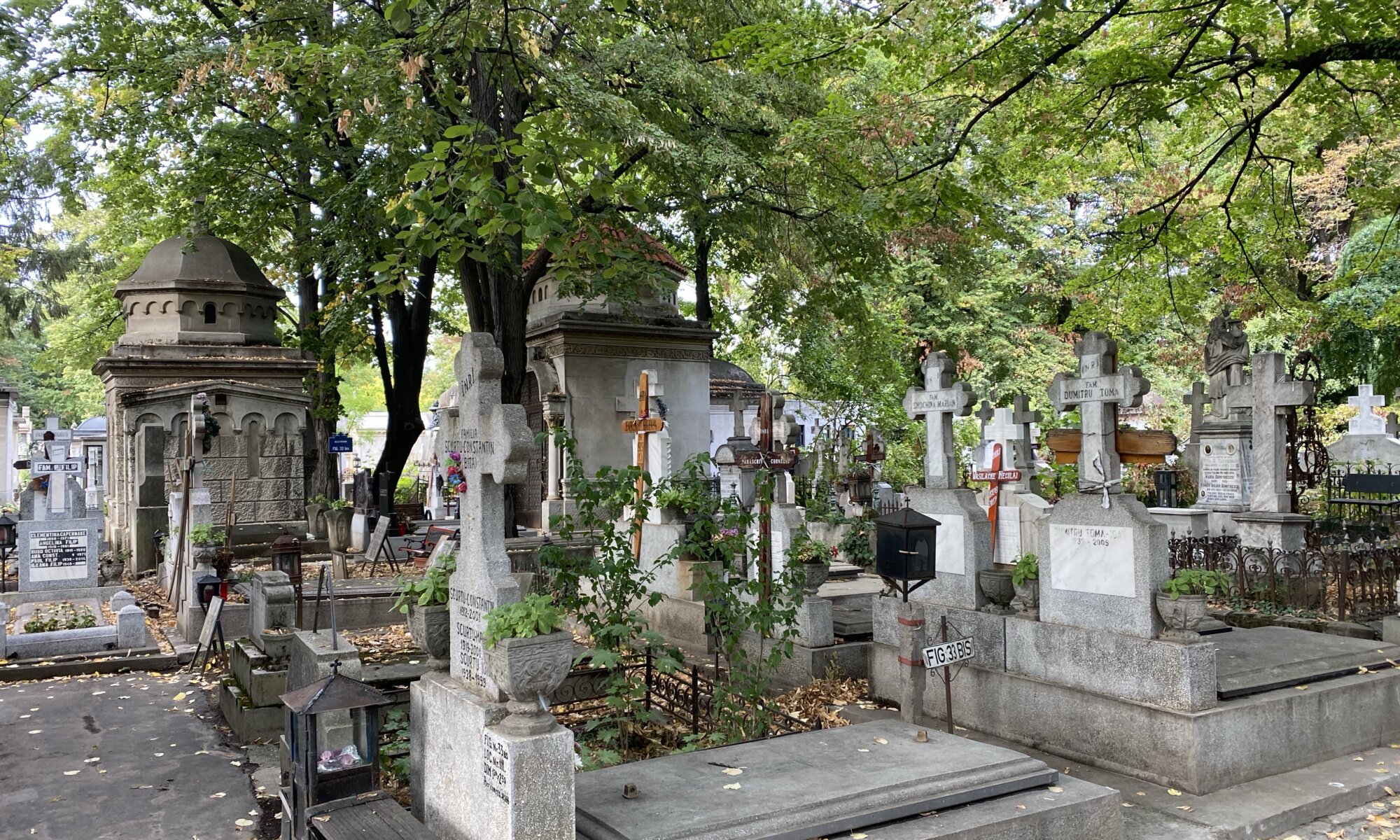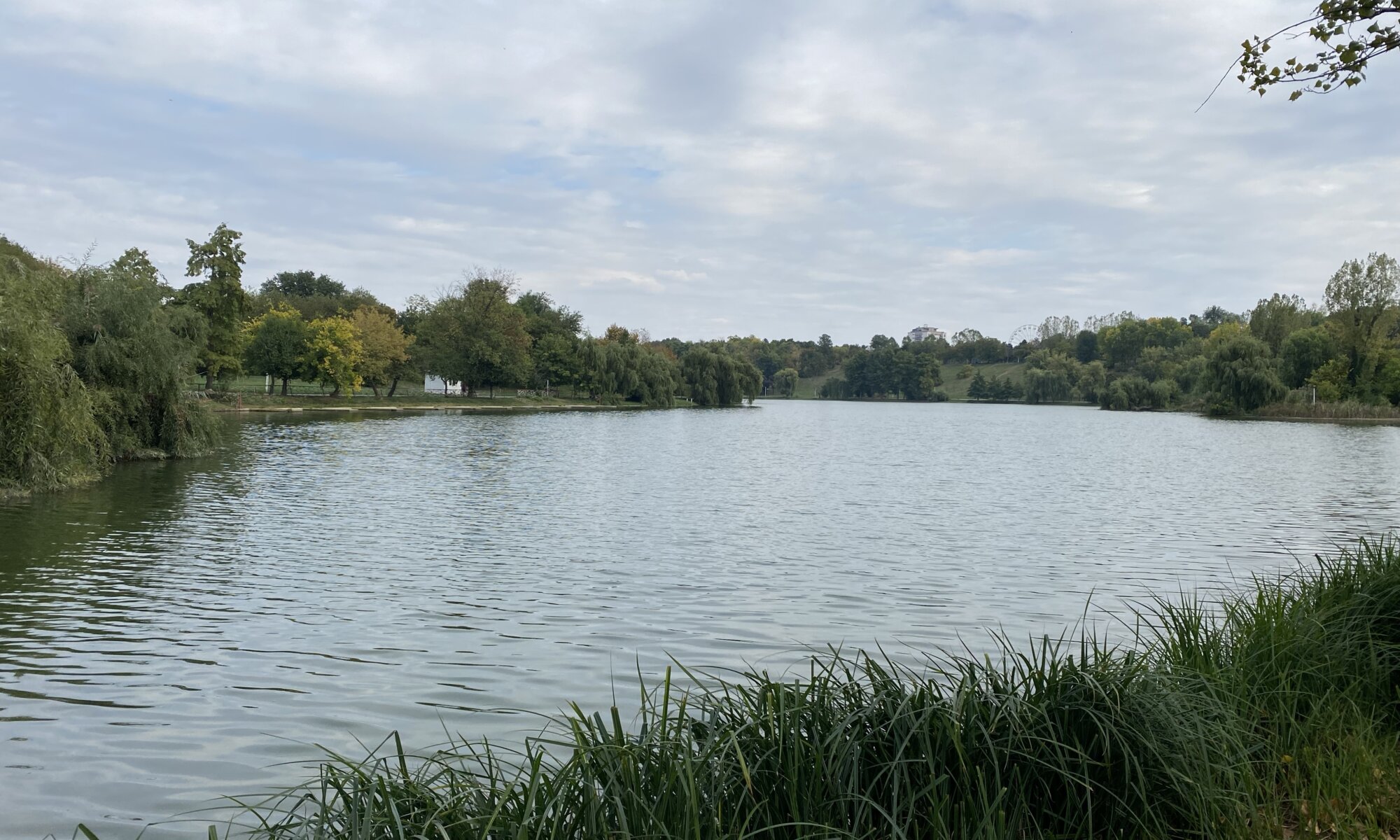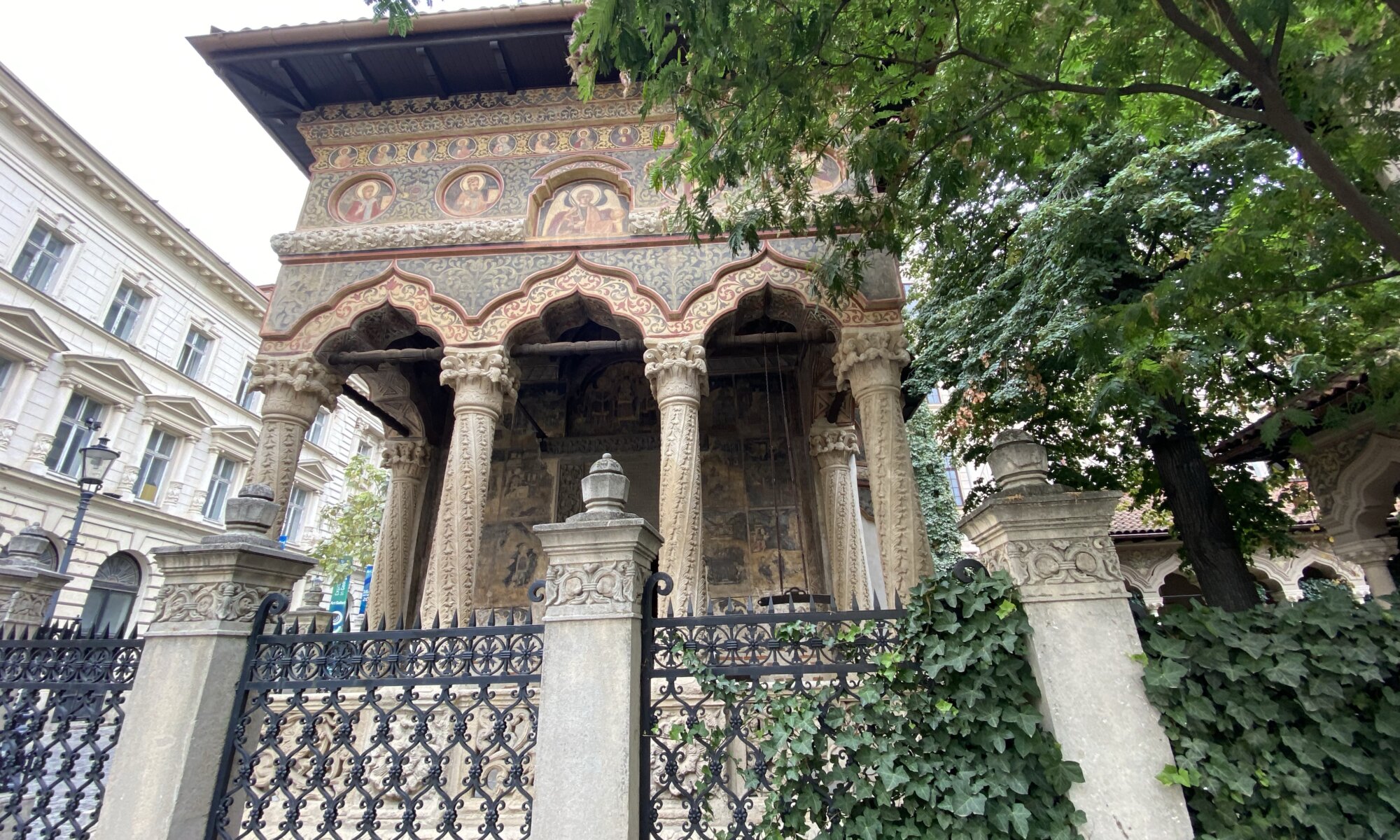The royal palace of București (Palatul Regal) was built in 1936 for queen Marie and king Carol II. It served as the royal palace of Romania until king Michael I. was removed in 1947. During communist times it was renamed to palace of the republic (Palatul Republicii). Today you can visit a beautifully decorated palace, the former state rooms and art museums located within the palace.
Continue reading “Palatul Republicii”Biserica Crețulescu
When you’re walking through modern București, north of the old city center, you will come across the orthodox Crețulescu church. It’s worth to sit down on one of the benches next to it, to have a look at its special exterior in Brâncovenesc style, to watch the people move in and out even on business days making the sign of the cross. And to listen to the chants of believers while standing next to the decorated walls and the candles burning in front of the building.
Continue reading “Biserica Crețulescu”Elisabeta
The K+K Elisabeta is a nice and not overpriced hotel close to the city center of București. It is located northeast of the old town close to the Teatrul National. You can easily reach it with the metro which stops at Universitate. From there you walk to the east passing along the agriculture ministry. Directly behind that building you must turn right into Strada Slănic and you’ll see the hotel immediately on the left side.
Continue reading “Elisabeta”Caru’ cu bere
It’s no secret hint: the Caru’ cu bere (beer wagon) is a well-known bar and restaurant located in the city center of București, close to the Stavropoleos monastery. But it’s an icon of the city and exists since 1879 when the founders arrived from Transylvania. The recipe for their house beer (berea casei) was brought from Germany; additionally they’ve got a suitable selection of regional and international beers on the menu.
Continue reading “Caru’ cu bere”Ceaușescu
The city quarter Primăverii of București is the place where the rich people are living. During Communist times it was what we today would call a ‘gated community’. While the people outside had only electricity for two hours every day and remained hungry, the fat cats were living a good life there. You can validate this by visiting the Casa Ceaușescu, the former home of the Romanian dictator Nicolae Ceaușescu.
Continue reading “Ceaușescu”Arcul de Triumf
Everyone knows the famous Arc de Triomphe at Paris, France. But did you know that Romania has its own copy of it? After the country gained independence, a wooden version was constructed in 1878. After World War I the current version copying the original in France was finished in 1936. It is twenty-seven meters high, and it has a roof terrace that you can access free of charge.
Continue reading “Arcul de Triumf”Parcul Carol
The public park named after Carol I. is a brilliant example of brutalist architecture and a demonstration of the power of the Communist party. Originally, it was a park opened in 1906 that was created to commemorate the reign of the first king of Romania. In Communist times after World War II the park was used for a different purpose.
Continue reading “Parcul Carol”Cimitirul Șerban Vodă
Burial traditions vary across the world very much, even within religions. Having a look on local cemeteries is therefore always interesting. But if you visit the biggest cemetery of București, the Cimitirul Șerban Vodă, you might get a wrong picture: until the 1970s the cemetery was reserved for ‘important’ people and is therefore seen as the national pantheon of Romania.
Continue reading “Cimitirul Șerban Vodă”Tineretului park
Vast, that’s the best word describing the Parcul Tineretului, the youth’s park. 94 hectares of land have been dedicated to being the main recreational space of the capital city. It was opened in 1974 and an impressive boulevard for pedestrians lead you into the green starting in the north at the metro stop Tineretului.
Continue reading “Tineretului park”Stavropoleos monastery
The Biserica Mănăstirii Stavropoleos is a magical place in the city center of București. It is a Romanian-orthodox cloister in Brâncovenesc style standing between the more modern buildings of the old town. It was built by a Greek monk in 1724 and is beautifully decorated on the inside, but also outside around the tiny door.
Continue reading “Stavropoleos monastery”